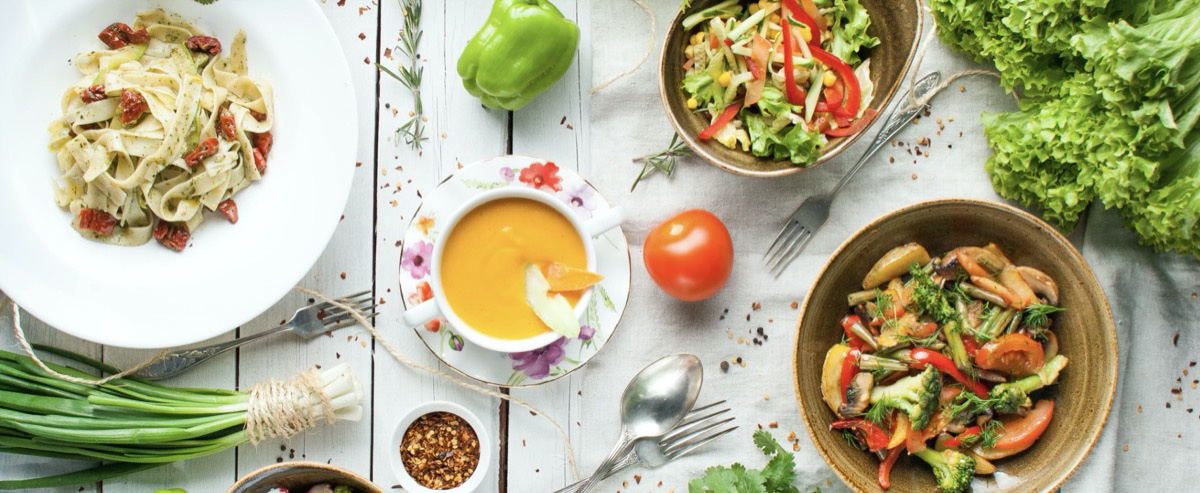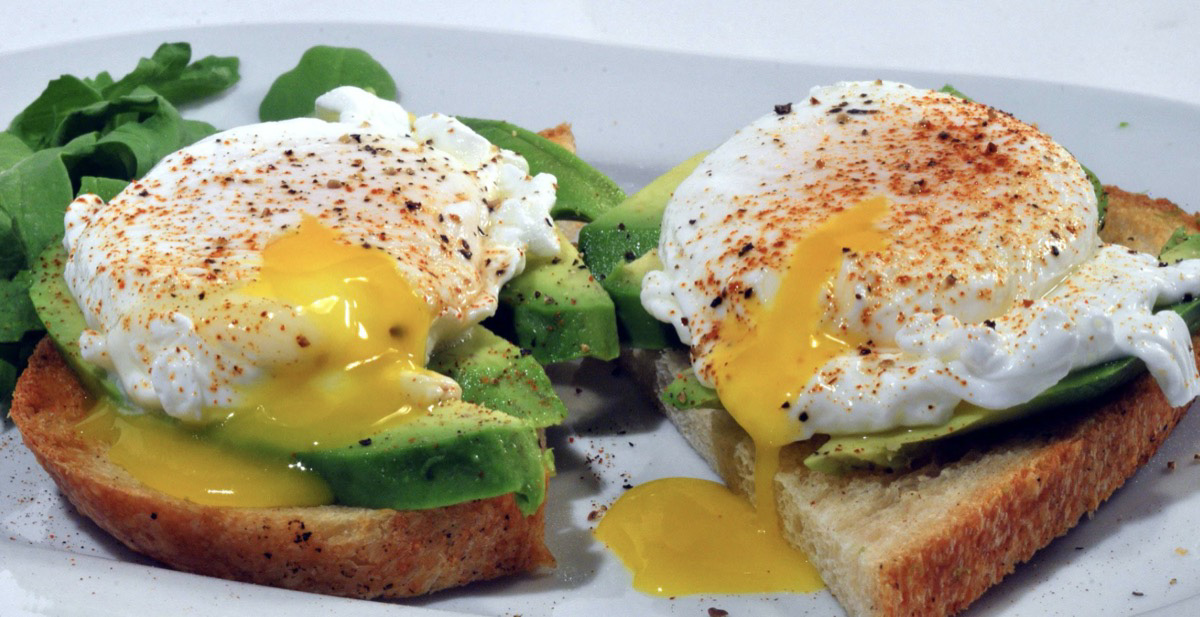6 Steps to Healthy Habits That Last
How to really commit to changes that guarantee your well-being.

We all have a mental view of who we would like to be. Active, healthy, lively, surrounded by loving people, and engaged in activities aligned with our purpose in life.
However, even with a lot of effort and the best intentions in the world, do you just feel like you can’t make any healthy habits last longer than a week or two?
Are healthy foods spoiling in the fridge? Has the gym’s annual plan been used three times?
You are not alone. Even with all the self-help books in the world, the vast majority of people are unable to implement effective changes in their own routine that lead to concrete results in terms of improving health and quality of life.
Why does it happen?
There are many reasons why you fail to try to cultivate a healthy habit in a sustainable way.
It may be that you are trying to change many things at once, very quickly.
You may be too hard on yourself for not being perfect.
And, quite possibly, it may be because you don’t have a very clear step-by-step on how to commit to these new habits.
And that’s what I’m going to give you today.
But first, you need to understand how these healthy habits will improve your life and your well-being. Without that clarity, they will never really last.
Why Should You Invest In Improving Your Habits?
Our habits define who we are. They both define and are defined by our identity.
From the moment we open our eyes in the morning until the moment we close them at night, we perform a huge series of activities on autopilot. Imagine if we needed to think to brush our teeth, tie our shoes, drive? Life would be meltingly exhausting. Autopilot exists to help us save energy.
Our food is no exception. What we eat, when we eat, with whom we eat, when we think of food, are all activities rooted in habits that evolve over time.
In a nutshell, we repeat certain behaviors until it becomes a habit. That is, each time we repeat a behavior, we are favoring one mental path over another, which makes that path easier in the future.

Eating a healthy and nutritious breakfast can be a habit for you.
Finding yourself every night standing in front of the open refrigerator can also be.
It depends on the behavior you feed, that is, on the path you strengthen. After a while, this path will be your “default”.
Supposing that you already realized that to improve your relationship with food and eliminate excesses in your food there is no quick solution or magic pill, there is nothing more valuable than creating habits that strengthen you and support your success in the long run. They are the ones who will ensure that you keep the results achieved, because you have finally learned to behave and eat in a way that supports your well-being.
How to Create a Healthy Habit That Lasts in 6 Steps
Step 1. Say YES
Especially when we want to eat better and create a healthier routine, we usually start with the “no”s.
We start by thinking about everything that we are NOT going to do anymore or that we are NOT going to eat anymore.
“As of tomorrow, I won’t eat more sugar and I won’t drink more wine”
But… Do you wanna know a secret?
Our brain sucks at interpreting “no.”
Because to think of things that you are not going to do, you need to actually think about them. To remember that you are not going to eat chocolate, you just thought about chocolate.
Did you understand the principle? That is why an inclusive and positive approach is much more powerful.
Create lists of what YOU WILL eat, what YOU WILL do. Even if you have habits that you want to give up, focus on the opposite of them.
Always ask yourself “what do I want instead of that?”, And say YES to this behavior.
Key question: What new behavior do you want? How can you say yes to it?
Step 2. Feasibility analysis
Is your habit possible?
See, I know you really want to change. You are tired and slightly desperate, so you are tempted to throw the ruler up there! You plan a mega change.
Example: you are sedentary, but starting tomorrow you will workout seven times a week. You feel powerful, determined and the king or queen of the world… until, suddenly, you realize that you are exhausted. So only today will you rest. And one day becomes a week. And in a short time, everything goes downhill because a change of this magnitude is unsustainable.
Your new habit has to fit into your life, integrate into your routine and your chores. This ensures that it is repeated enough until it becomes your new standard. So then you can think about making it more challenging.
Believe me, especially to create new habits, we need to go slowly to go further.
Key question: How can you break your big goal into mini-goals, making it closer to your reality and more viable?
Step 3. Be consistent
Still in line with step 2, if you want this behavior to be automatic, you need to be consistent. You have to get used to it, your brain has to get used to it.
So think about what it takes to make this habit consistent. Look at your reality today, what are the challenges you will face? What problems can arise? What contingency plans do you need to have on hand?

Another good way to be consistent is to connect the new healthy habit that you want to reinforce with habits that you already have.
For example, if you want to be more consistent in planning your meals in advance, why not take the opportunity to do so while having the cup of tea you drink every night?
If you want to drink more water, why not determine that you are going to have a glass of water every time you arrive at work or at home?
Key question: How can you associate this desired behavior with some activity already habitual for you?
Step 4. Clarity is everything!
If you want to create a healthy habit, the last thing you can be is vague. You need to know exactly what you are going to do, what time, for how long, on what days, and so on.
How exactly will this new habit fit into your life? What does it mean to you?
See,
“Eating healthier” is not a habit.
“Training more” is not a habit.
“Meditating” is not a habit.
“Sleeping early” is not a habit.
But,
Eating salad every day for lunch is a habit.
Training at 7 am on Mondays, Wednesdays and Fridays, for 1 hour, is a habit.
Meditating 10 minutes every day upon waking up is a habit.
Sleeping 7 hours a night is a habit.
Make sure that your current habits are very ingrained and, therefore, there is a tendency for them to prevail at times when you are very tired, stressed, PMS, etc.
Especially in these moments of greatest fragility, it is important that you are very clear about what needs to be done. The more aware of this information, the greater the chances that you will be able to put your new behavior into practice.
Key question: What exactly are you going to put into practice? When? The more details, the better!
Step 5. Life is made up of priorities
This new behavior needs to be clearly associated with something very important to you. It is not enough to be cool and desirable, it needs to be a real priority.
We love comfort and naturally avoid challenges. And today you are in the “comfortable place”. You can even tell me that it has nothing comfortable about it, but you are used to it. So this is where your brain wants to stay.
So, especially at the beginning, invest some time daily reflecting on how this new habit contributes to your success, how it fits into the routine of the person you want to become. Reinforcing this sense of priority can be essential for you to stick to your purpose, especially when the winds are not blowing in your favor.
Key question: Why is this so important to you? What will you gain if you manage to make this desired behavior a habit?
Step 6. Don’t forget the confetti!
There is no one who does not like the idea of being rewarded for an effort. This is how we work, especially when we are doing something unfamiliar, which requires consistency and effort.

So having a reward system can help you stay motivated and focused when tiredness hits or you think about giving up.
To do this, take the mini-goals that you determined in Step 2 and plan small treats when you can accomplish them for a certain sequence of days or a number of times. Determine a list of rewards that motivate you. The most interesting rewards are those that have to do with your bigger goal.
For example, if your big goal is to run a half marathon and for that you have set mini-goals to run 4 times a week, at the end of 2 weeks you can reward yourself with a new top to help you in training. Or after 20 workouts you can present yourself with the headphones you’ve been craving so much, which you plan to use on your big day.
The important thing is that you feel really honored for having done a good job.
Key question: How will you reward yourself for your effort? Why is this reward so desirable?
I hope this guide will help you create healthier and more pleasurable habits for your life. I will love to know if it happens :)
I am a Brazilian girl (living in Sao Paulo with my fiancé — and other 20 million people). I love coffee, books, and good food. I also really enjoy studying and learning new things that allow me to further develop myself both professionally and personally. I have a degree in Food Science and hold a Ph.D. in Agri-food Marketing. In addition, I am a Certified Nutrition Coach and an enthusiastic Nutrition student.
After 15 years of living in war with my body and with food, I found freedom through mindfulness and intuitive eating, practices that allowed me to overcome yo-yo dieting and binge eating.
I’m passionate about helping women rewrite their food and body histories so they feel free and confident to live their lives to the fullest.
There is a power that comes alive when women free themselves from the food prison in which they have learned to live, when they realize that they are capable and deserving of feeling fantastic in their own bodies, and that confidence is a state of mind — not a body lotion which you get the right to use when you reach a weight-loss goal.
My work is dedicated to nurturing, celebrating and sharing this message.
